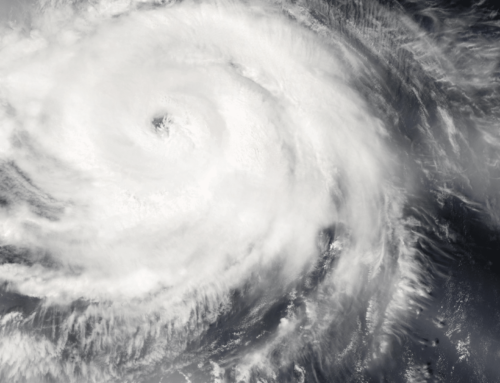Just a few weeks ago, we wrote about how U.S. agriculture subsidies set a record last year – $47 billion. While most subsidies were tied to the COVID-19 pandemic in 2020, $4 billion in payments went to producers for supposed economic losses tied to Trump’s trade war. The year before, in 2019, more than $14 billion in Market Facilitation Program (MFP) payments were distributed to producers of corn, wheat, soybeans, hogs, dairy, and other commodities. A grand total of nearly $24 billion was pulled out of thin air from 2018-2020 under the guise of compensating farmers for lost exports suffered from then-President Trump’s imposition of tariffs on goods imported from China.
Dollars for this bureaucratic trade war bailout came from the Commodity Credit Corporation (CCC), a wholly owned corporation of the U.S. government that is overseen by the Secretary of the U.S. Department of Agriculture (USDA). It was not the first (and likely to not be the last) time that USDA used CCC authority to unilaterally send checks to agricultural businesses without express authorization from Congress. It’s happened before for biofuels and cotton, and more recently, for COVID-19 response.
From the beginning members of Congress expressed concern about certain crops receiving a disproportionate share of MFP subsidies. Hence, this week, the Government Accountability Office (GAO) released a new report finding that MFP payments indeed were inequitable and unrepresentative of actual losses. Long-time favored special interests including corn, sorghum, and growers located in the South were clear winners while other crops and regions were shortchanged. As an example, corn’s cash alone exceeded actual losses by $3 billion. USDA’s calculation of “economic damage” was so wildly off base that of the 29 different crops eligible for MFP in 2019, 14 had government-determined “economic damage” that exceeded the value of actual annual exports every year since 2008. Unfortunately, the same story is repeating itself with COVID-19 subsidies, with actual corn losses exceeding Coronavirus Food Assistance Program (CFAP1 and CFAP2) subsidies by the same amount – $3 billion or more.
In other words, taxpayer dollars are being wasted. Worse yet, subsidies are lining the pockets of people who don’t need them, doing more harm than good for rural communities, land, climate, and water quality.
According to GAO,
“…[F]or example, total 2019 MFP payments to corn producers were approximately $3 billion more than USDA’s estimate of trade damage to corn, while payments to soybeans, sorghum, and cotton producers were lower than their estimated trade damages.
Also, the way USDA distributed payments led to producers in different regions receiving different payments for the same crop.
We recommended better reviews and greater transparency in USDA analyses.”
We told you so. Using the CCC for favored interests is a recipe for disaster. Plus, the inequitable trade war bailout may get the U.S. into hot water with the World Trade Organization (WTO) if payments are deemed trade-distorting. Instead of layering more CCC subsidies – that Congress never authorized – on top of already wasteful and duplicative subsidies, policymakers should start over and create a more cost-effective, transparent, and accountable farm safety net that is not only responsive to current needs but also promotes long-term resilience to future economic and climate challenges.










